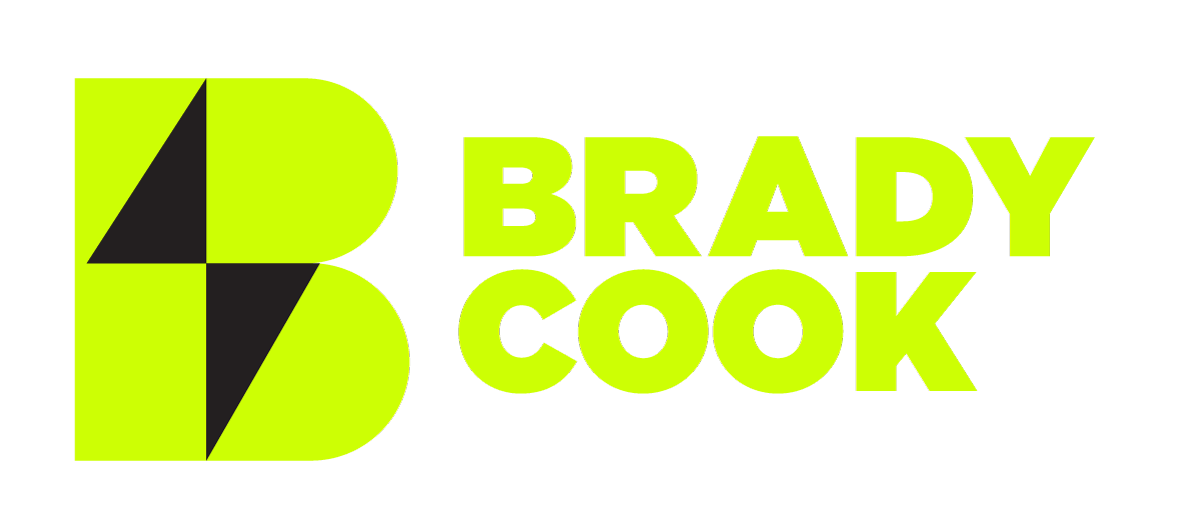Challenge:
Data showed that real testimonials convert at a 4:1 rate over other spots for CreditRepair.com. The buying strategy was budget-influenced, using low-cost remnant media placements on specific networks, but it did not control what time the spots ran. A straightforward testimonial ran for two years without being replaced, but we needed to phase it out for legal reasons. We could not produce more testimonials and were required to phase out the control testimonial spot. Our challenge was to conceptualize, shoot, and create low-cost spots within three weeks to get them live and converting at an equal or higher rate than the control.
Motion Graphic "Denied" :60 Spot
Live Action "Denied" :60 Spot
Execution:
Our research told us that the main theme in almost every customer's journey with credit is that they were painfully "denied" credit for a home, car, or other line of credit. To address this issue, we proposed a problem/solution structure and produced two low-costs spots that are quick to execute. To save on the cost of actors, we produced two voice-over-only scripts. Our launch strategy slated live-action against the control testimonial spot, then we swapped out the testimonial spot with the motion graphics spot.
Results
🔥
Branded Search up 90% in TV markets
Branded Search up 90% in TV markets
The biggest win of all is that the brand terms CreaditRepair.com and Credit Repair received an incredible search volume lift in the markets where TV spots were running. This did not happen before with the control spot. The control spot did experience some creative fatigue, and introducing a few new spots piqued interest. received incredible search volume lift in the markets where TV spots were running. This did not happen before with the control spot. The control spot did have some creative fatigue, and introducing a few new spots piqued interest.
📉
Sales Dipped!
Sales Dipped!
Calls per spot bottomed out at 50% less for the first 60 days. Given the volume, the results were still not statistically relevant. The decline stalled through the 90-day point, then began to climb back up—never to Control Testimonial Spot levels. Once :15 and :30 spots were added, the call volume almost hit control levels, 95% off.
📈
Conversions
Conversions
went up.
Fewer calls to handle made a more quality sale. We worked with our call agents. We adjusted the script to a more sympathetic approach to talking through being denied.
The majority of the groups liked the look of the motion graphic best of all the spots stating it seemed like better production quality. They liked the live-action spot the least, and they felt the messaging of the control testimonial spot resonated most.
🤔
Key Takeaways
Key Takeaways
So, why put losing, mediocre production value work in a portfolio?
It's a great example of the soft skills a creative director needs to keep the business moving. This project solved a business problem while collaborating with creative, marketing, media buying, sales agents and legal teams. The entire experiment was 6 months from concept to getting data that was statistically significant to prove a winner.
What didn't perform? Was it the execution, production value, messaging, or media placement that caused it not to perform as well as the control?
Maybe a combination of all those; however, impressions seemed to be the biggest driver of improving performance after the first 60 days. We added more 15-second and 30-second spots to the mix to get more placements and impressions per dollar spent. The last touch on:60s went up as well after adding :15s and :30s and the branded key word searches went up in those TV markets.
The lift in natural search and branded search was so much higher in the TV markets we couldn't ignore that. Natural search web pages performed better in markets where we ran TV.
In the end live action wins. For a lifestyle service like credit repair, real life spots perform better out of the gate and long-term compared to strictly graphics based executions. At least for remnant TV, YouTube preroll and re-marketing banner ads. Because performance wasn't hitting the mark initially it caused us to rethink the phones, main website messaging and not rely on last touch numbers as it created heavy bias for true attribution.
Story matters for conversion. For a lifestyle-driven need like credit, the testimonials told the best stories, drove emotion, and had a clear message that moved individuals to call. Due to legal reasons, we could no longer run the existing testimonials.
Production value wasn't the a key driver of results. Seems subjective but the numbers show that production value didn't matter. The motion graphic spot was the highest production value in terms of cost but cheapest to edit alternate messages, yet it didn't perform near what the live spot did out of the gate or after 60 days (from a last touch basis).
CREDITS
Progrexion Creative Team
"Denied" Live Action
"Denied" Live Action
Production: Creative Media Group
Director: John Farr
Editor: Richard Teasdale
Line Production: Vanessa Kerr
Writers: Brian Shaw, Jonathon Cook
Creative Director: Brady Cook
CREDITS
Progrexion Creative Team
"Denied" Motion Graphic Spot
"Denied" Motion Graphic Spot
Production: DuMont Group
Strategy Director: Jonathon Cook
Creative Director: Brady Cook
Editor: Justin Smith, Brady Cook
Line Production: Vanessa Kerr
Writers: Brian Shaw, Jonathon Cook
